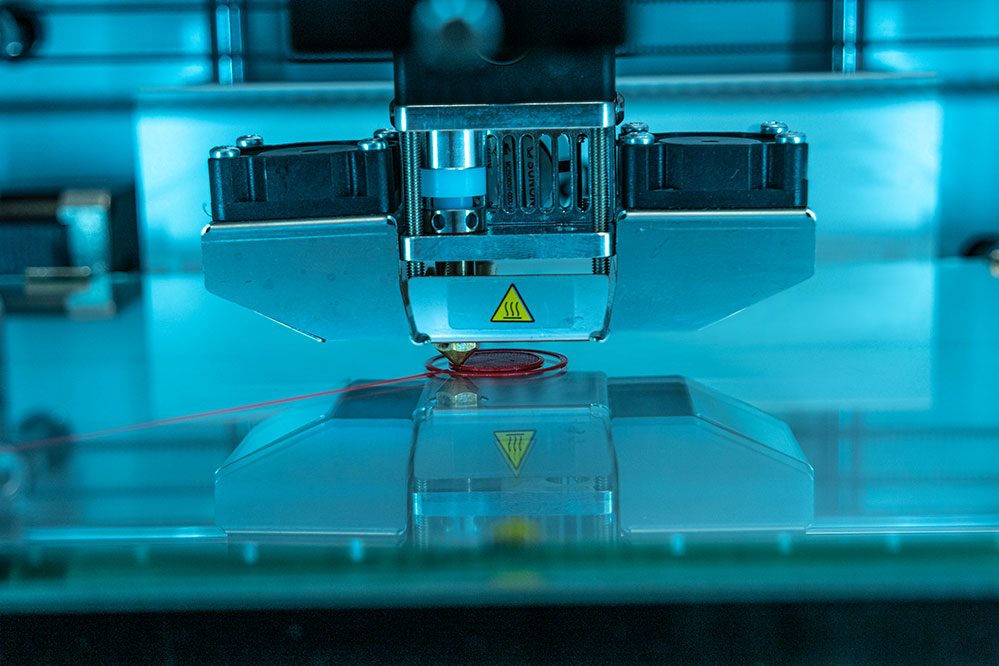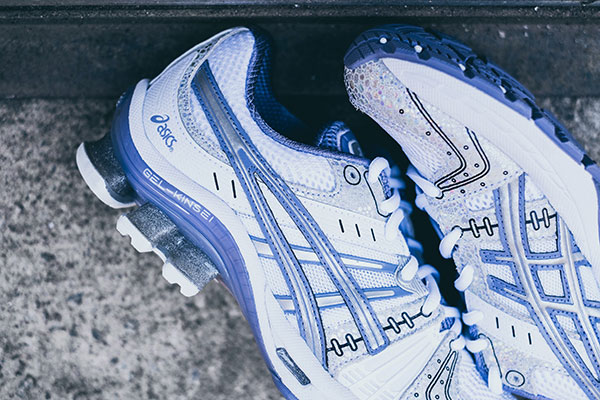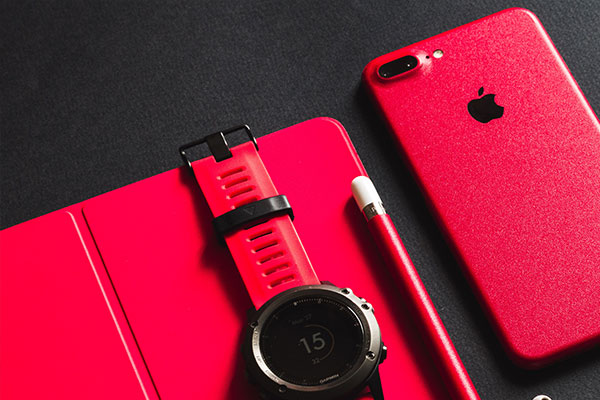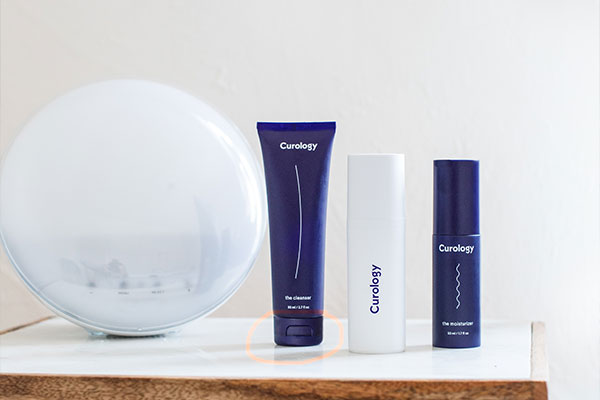FDM 3D printers are very simple in their operation. Essentially, they have a heated nozzle, an extruder, and a gantry system that moves the extruder. So it makes sense that it should be relatively easy to add another extruder or two to have the ability to have multi-material, multi-color prints. However, practically it is much more difficult to get multiple extruders to be successful, and even that depends on your definition of success.
“In theory there is no difference between theory and practice, but in practice there is.”- Yogi Berra
Multiple extrusion printers have definitely become more sophisticated over the years and there are many more multiple extrusion printers that have entered the market. But, quantity does not mean quality as we have seen with the 3D printing industry before. As people become more familiar with their single extruder printers, they are looking for ways to improve their printing experience and open other potentials to meet their projects needs. Multiple extrusion can be a good way to do that.
The Good
Multiple extruders do have a few key advantages over a single extruder printer. The monochromatic nature of 3D printing has always been a drawback to the industry. There just aren’t many products or prototypes that want to use a single color. There have been many attempts to solve this solution, including multiple extruders. With multiple extruders, it becomes possible to have a different color material for every extruder available. While this may not seem like a huge advantage, there aren’t many single color products. However, there are a lot of products that use 2-3 colors to highlight some important features.
Before highlighting the next advantage, it is important to stop and talk about the different ways multiple extrusion can be accomplished. There are mainly two ways to add extruders: add another extruder to the already existing extruder assembly so the two nozzles move together,
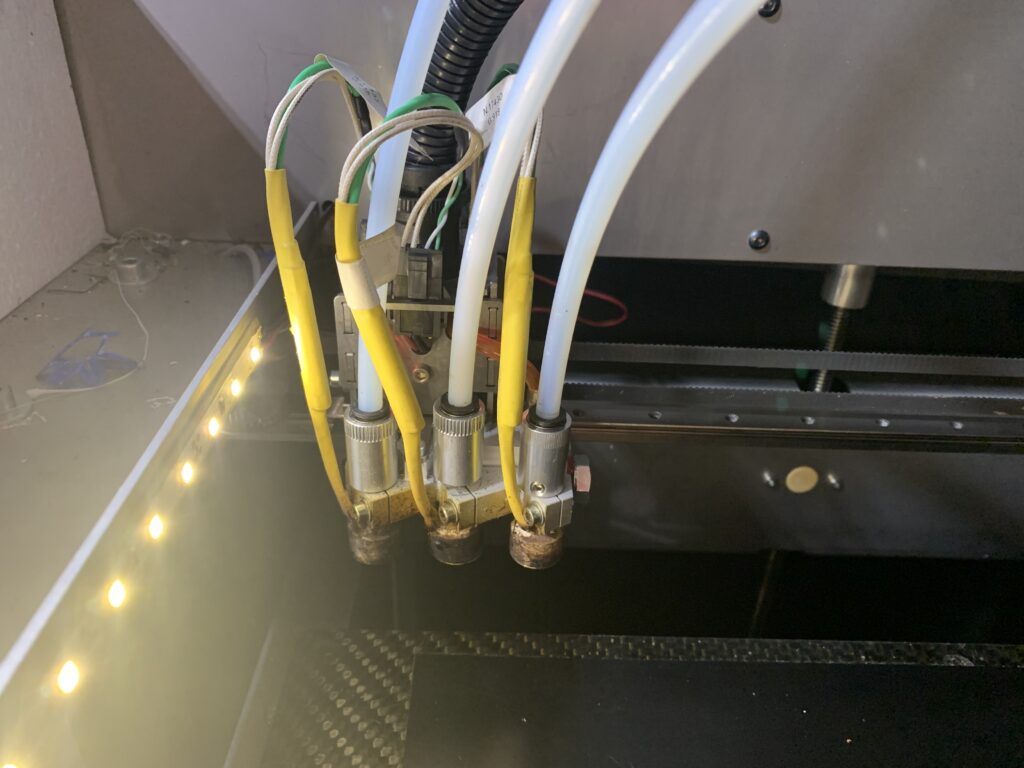
or have each extruder driven by its own stepper motor so the extruders can move independently. With independent extruders it is possible to complete simultaneous printing of the same part. This allows production of multiples of a single design to be accomplished in half the time of a single extruder printer. The build plate can be split in two, and each extruder can print independently of each other in 1 axis degree of freedom. This means that parts can be printed simultaneously in mirror to each other or clones to each other.
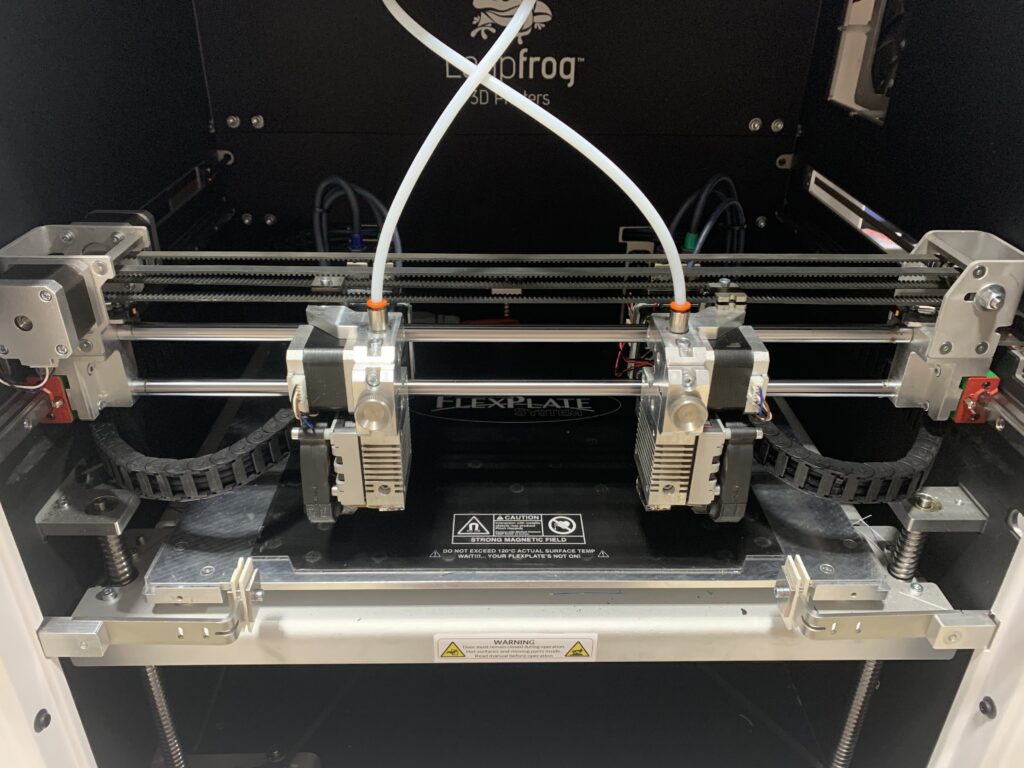
The other advantage is printing with multiple materials. FDM prints frequently require a large amount of support– especially to print really complicated organic structures. With multiple materials, dissolvable, or breakaway supports can be used to leave cleaner surfaces on the printed part. Another benefit achieved by mixing materials is part quantity reduction for assemblies. Let’s say a customer wants a box with a hinge. This is a relatively easy design, but can be complicated with different material requirements and multiple pieces that must be assembled with a mechanical connection or adhesive. With multi material printing the box could be printed as one piece in a rigid material like ABS, while TPU is used for the hinge, allowing for a single printed part that has the material characteristics exactly where they need to be and no assembly required.
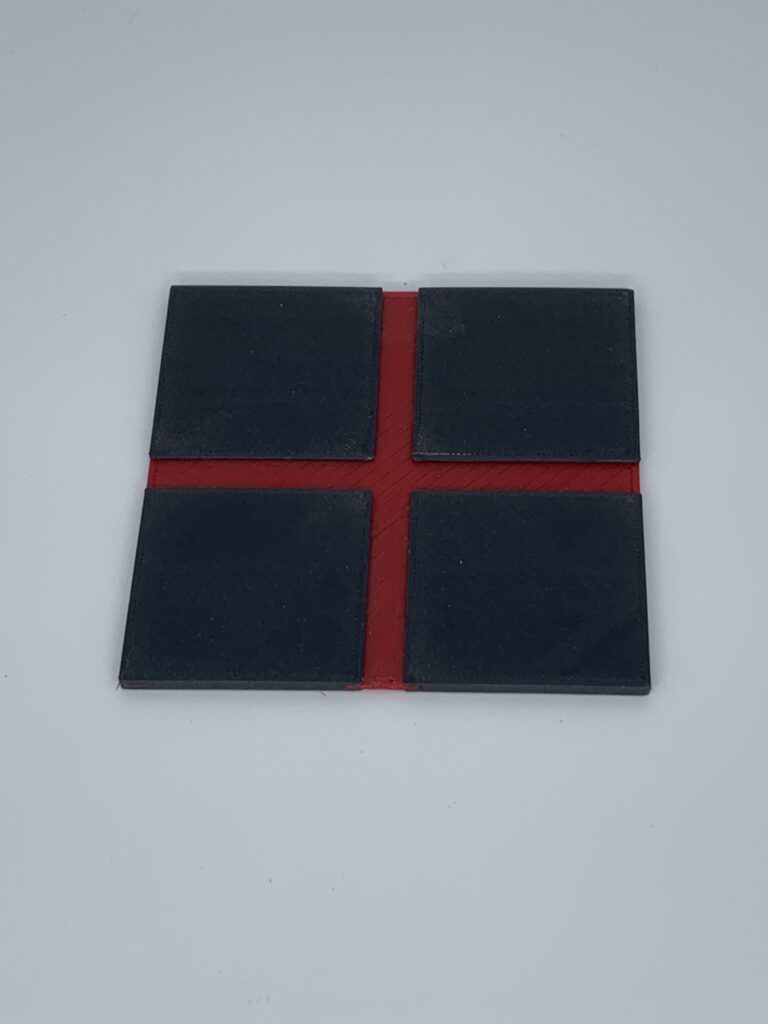
There are many reasons why getting into multiple extrusion can make sense and why it should and is being explored– both by printer OEMs and users. But there are definitely some things to consider before jumping into multi extrusion 3D printing.
The Not So Good
There are many more multiple extrusion printers on the market, but that increase in models does not translate to better quality in the category. The truth is that successful multiple extrusion printing is difficult to achieve. All of the usual factors considered for a successful 3D print get compounded because of interactions between extruders and the part as it is printing. Unused extruder nozzles must be moved out of the way while the other extruder is printing so they do not crash into each other or the part. Nozzles need to be primed and cleaned before every layer to improve odds of proper adhesion and clean separation between materials. This leads to increased waste and increased print time by using ”purge pillars and ooze shields.”
Calibration and Alignment
The machine needs to know where each nozzle is in relation to each other and the part. If this is even slightly off, you can have an assortment of errors such as nozzles running into the part. There is also layers not adhering to each other between different materials, shifted parts between the two colors, and more. Each nozzle must be precisely leveled to the build plate and be perfectly aligned with each other in order to have a successful multiple extrusion print.
Extrusion Temperature Settings
If you are printing with multiple materials each nozzle has to be set to the right temperature and conditions for that specific material and when the nozzle passes over the part it can’t melt the part. A nozzle can be moved out of the way mechanically or cooled and then wait for it to heat back up when it is needed again. Depending on the method it can increase print time significantly or be another moving part that is prone to issues.
Material Compatibility
Materials have to be somewhat compatible in order to adhere to each other and print successfully. Even though the nozzles can be independently adjusted, the bed and the print cannot. So, for example, polycarbonate (PC) and PLA probably couldn’t be printed together as PLA needs a bed temperature of around 60C and PC needs a bed temperature of 135-150C and even a heated chamber if possible.
Less than Perfect Choices
Multiple extrusion 3D printing is certainly possible. We have had great successes with projects that have come through our door. But the higher quality machines that have been engineered and fine tuned to print multiple materials successfully are not consumer printers. Price ranges for high quality functional multiple extruders are in the range of tens of thousands. While the prices are dropping for quality machines, as they have been with 3D printing for years, there are still a lot of obstacles.
There are other ways to accomplish many of the advantages multiple extrusion offers. There are at home solutions like the marker mechanism in the image below that colors filament as it is extruded. More options are becoming available outside of multiple extruders such as the full color FDM printing offered by the X Rize.
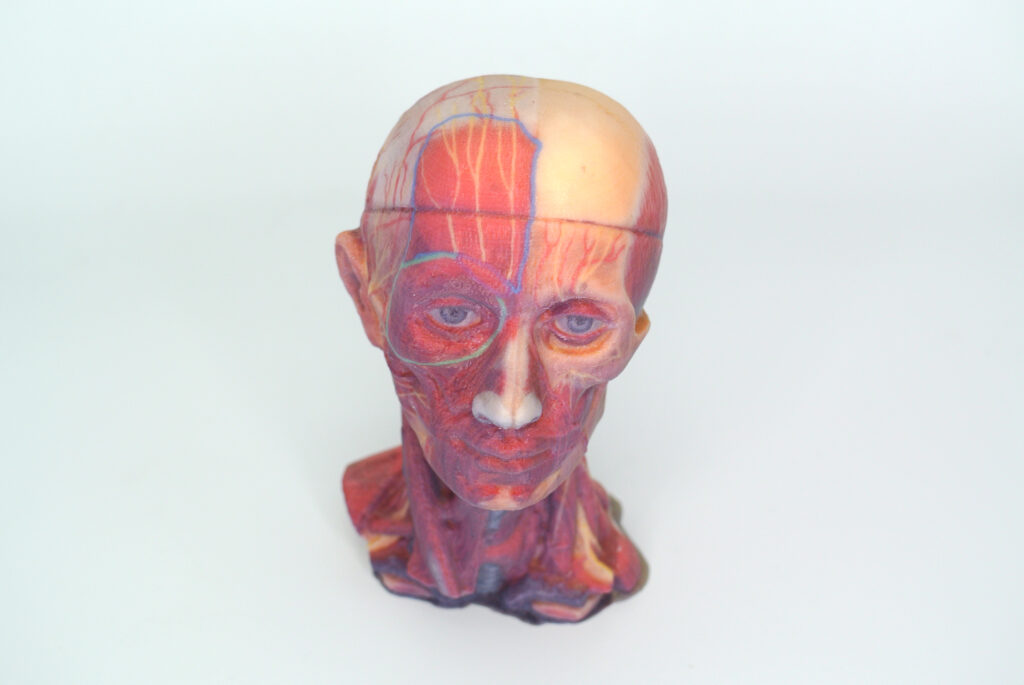
There are also devices like the Palette from Mosaic that precisely splices multiple materials together into a single strand for a single extrusion printer.
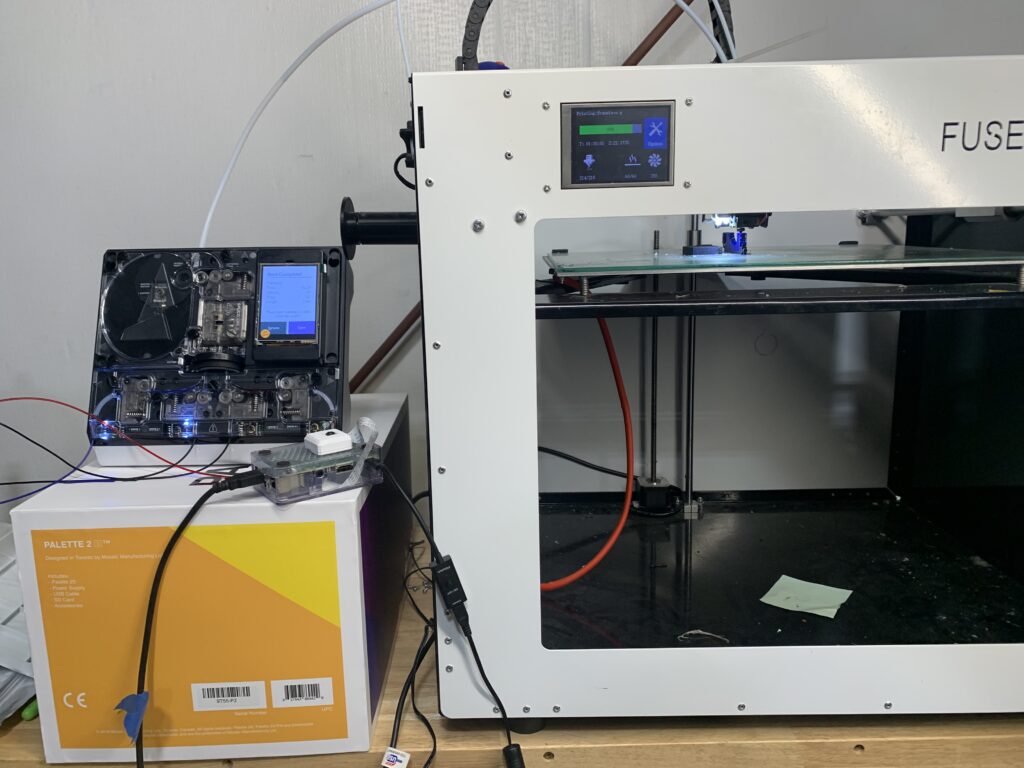
There is a place in the market for multiple extruders and we believe the technology should continue to be explored though quality multiple extrusion is difficult to execute. Cheap price tags may be appealing, but in order to address all of the factors properly and ensure proper printing it takes sensors, smart software, calibrated systems, and trained operators.
If you are interested in getting multi-material prints or full color prints contact the 3D Printing Store and let our experts help you with your project!
"*" indicates required fields



